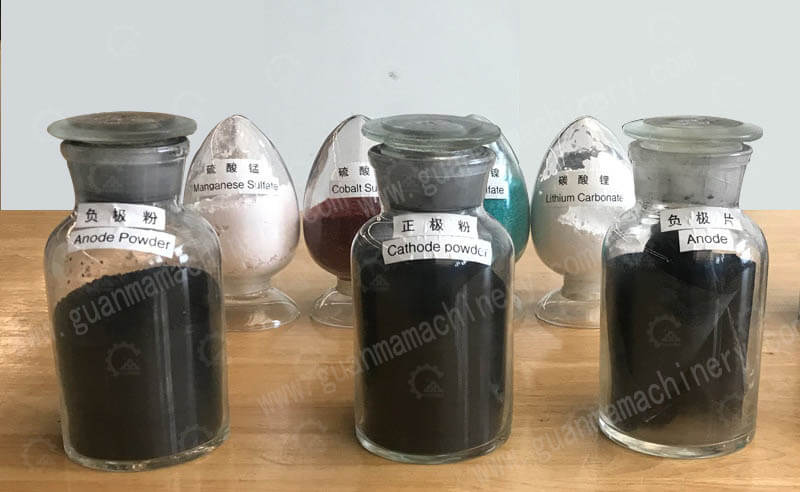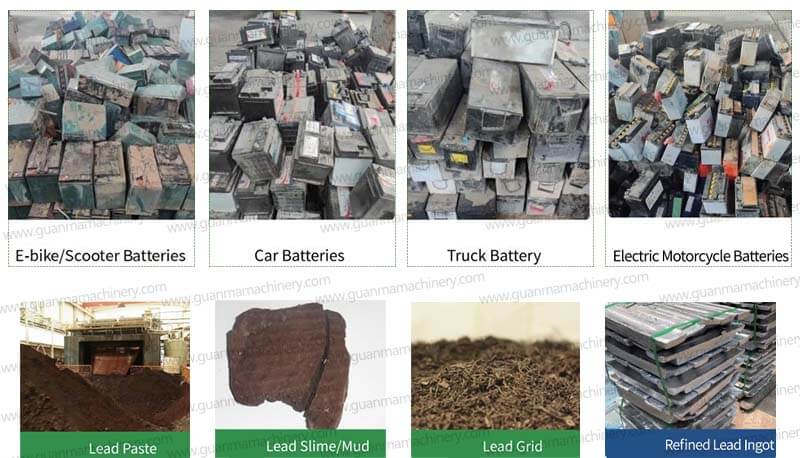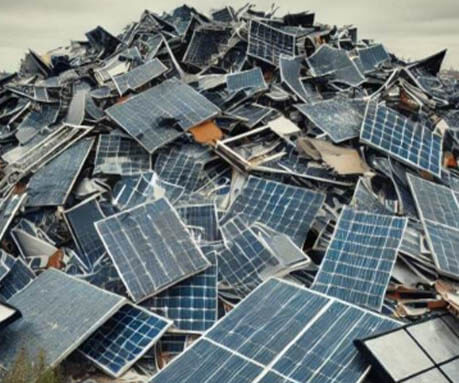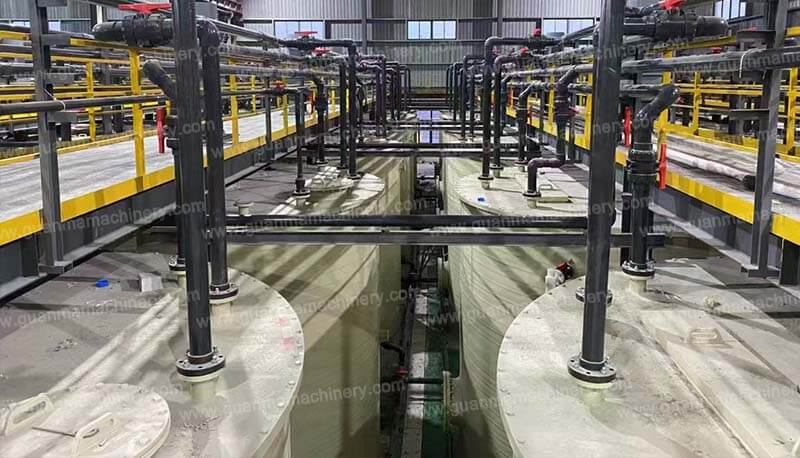Battery recycling processes can be mainly classified into three categories: Pyrometallurgy, Hydrometallurgy, and Biohydrometallurgy. Below are detailed descriptions of the specific process details along with their respective advantages and disadvantages.
Pyrometallurgical Process Details
High-Temperature Pyrolysis: High-temperature incineration decomposes binders, enabling material separation. Metals are oxidized and then reduced during roasting to generate precious metals and lithium oxide, which are separated and collected through condensation.
Pyrometallurgical Pros and Cons
Pros:
Wide range of feedstock applicability.
Simple process suitable for large-scale production.
Cons:
High energy consumption.
Heavy pollution.
Low recovery rate.
Poor product quality.
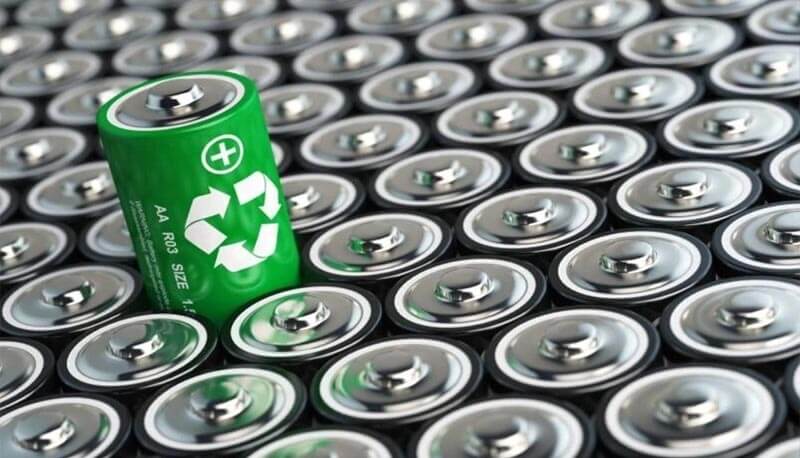
Hydrometallurgical Process Details
Through chemical/electrochemical reactions and bioleaching, valuable metals from electrode materials are transferred into the aqueous phase. These metals are then separated and concentrated in the liquid phase and recovered in the form of metals or other compounds. Key methods for separation and purification of valuable metals include ion exchange, solvent extraction, precipitation, and electrochemical deposition.
Hydrometallurgical Pros and Cons
Pros:
High recovery rates.
High product purity.
Low energy consumption.
Cons:
High consumption of chemical reagents.
Wastewater generation leading to potential secondary pollution risks.
Biohydrometallurgical Process Details
Bioleaching: Microorganisms are utilized to transform useful components into soluble compounds, selectively dissolving target metals to achieve separation from impurities.
Biohydrometallurgical Pros and Cons
Pros:
Low cost.
High metal recovery rates.
Minimal pollution.
Reduced infrastructure requirements.
Cons:
Still in the developmental stage.
Long processing cycles.
Complex bacterial strain cultivation conditions.

